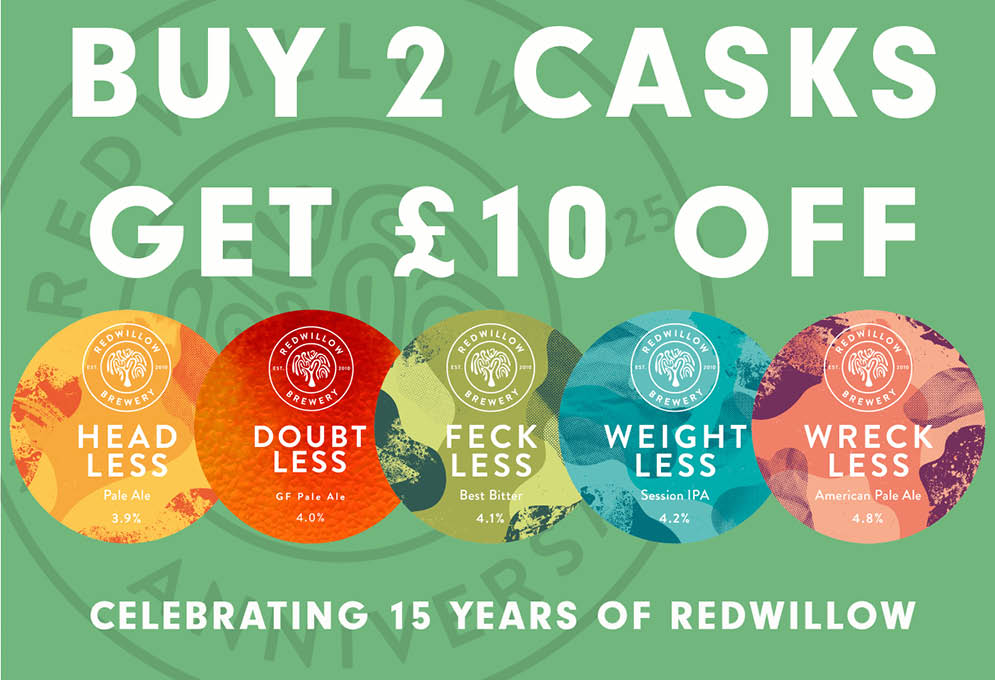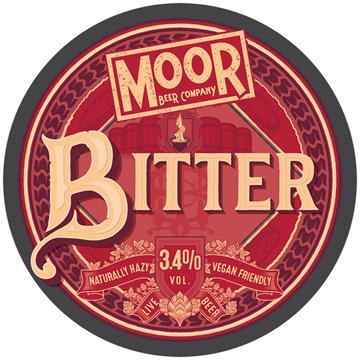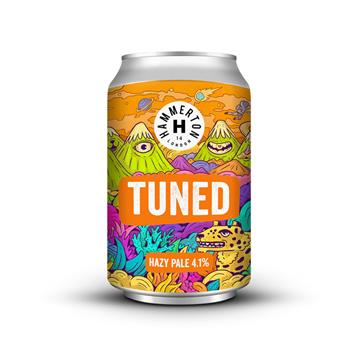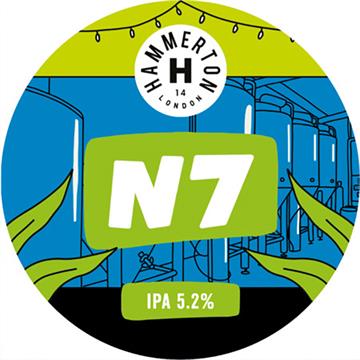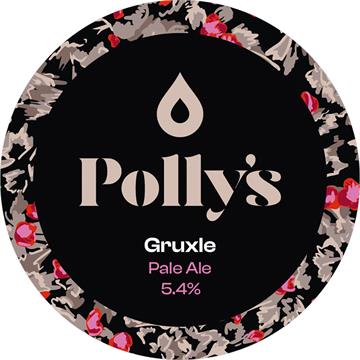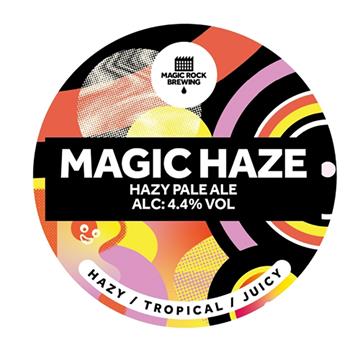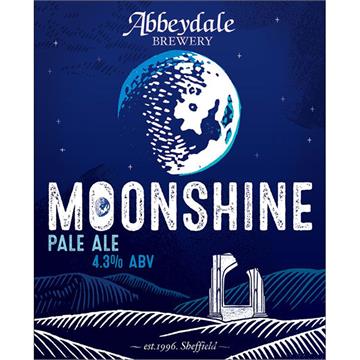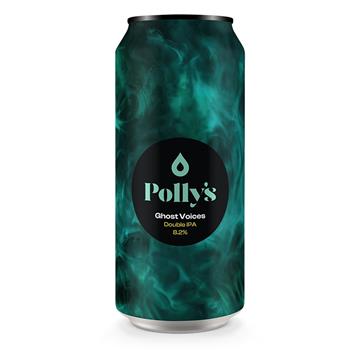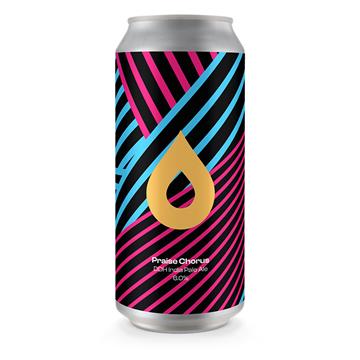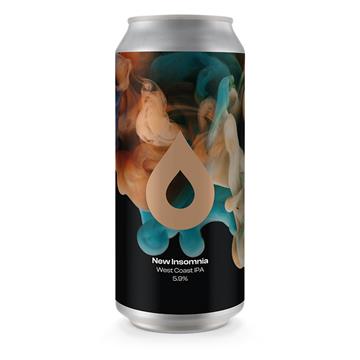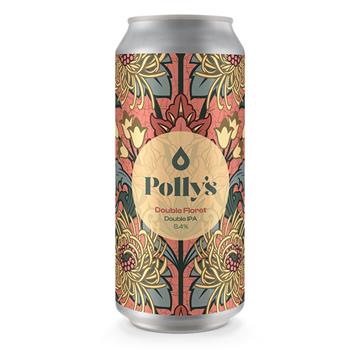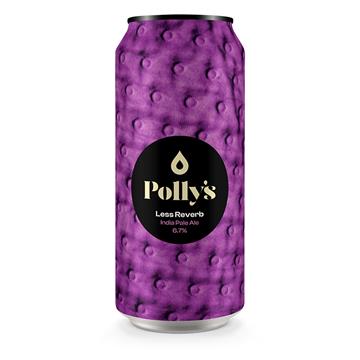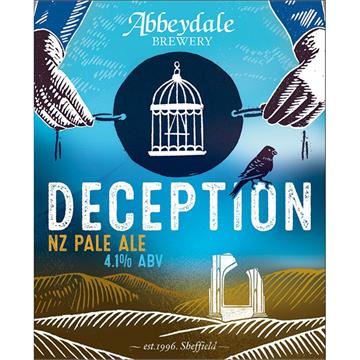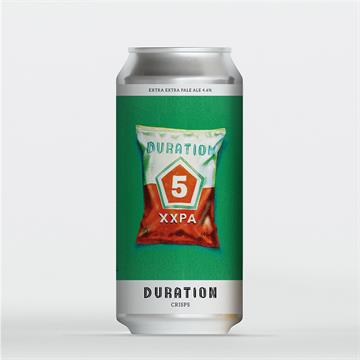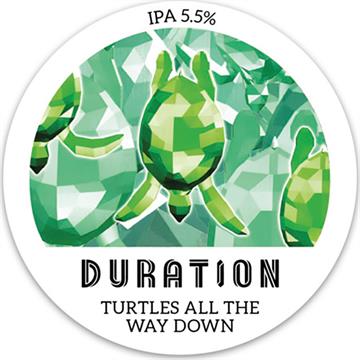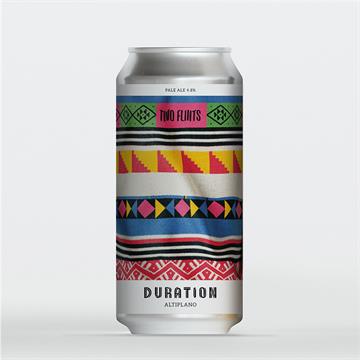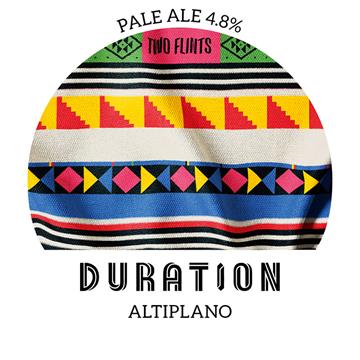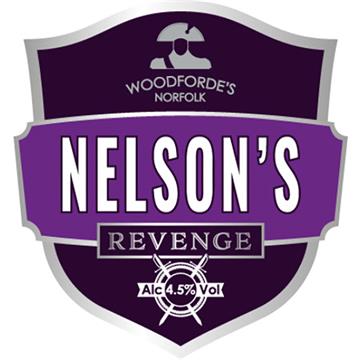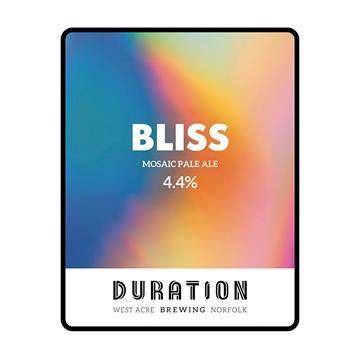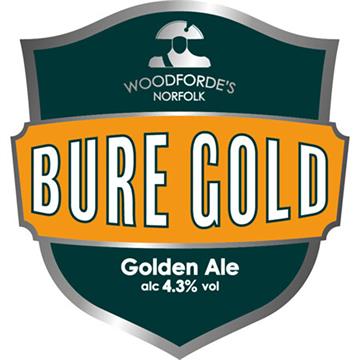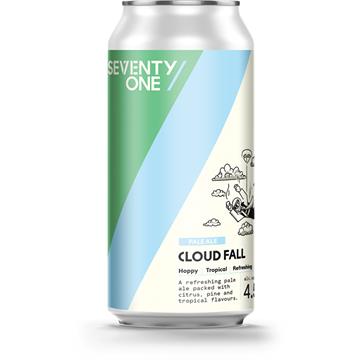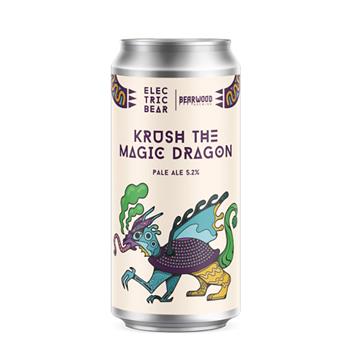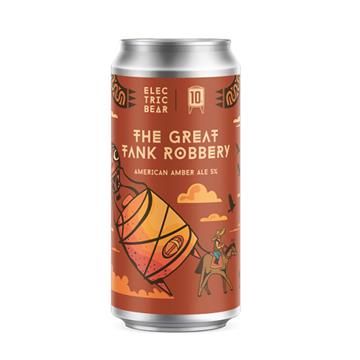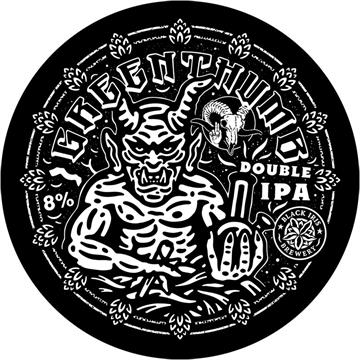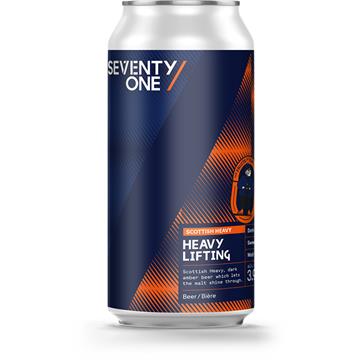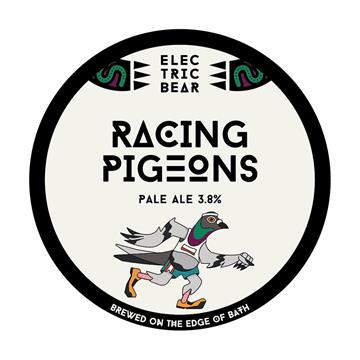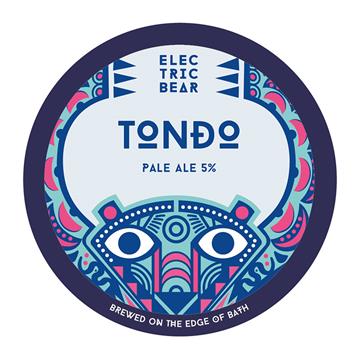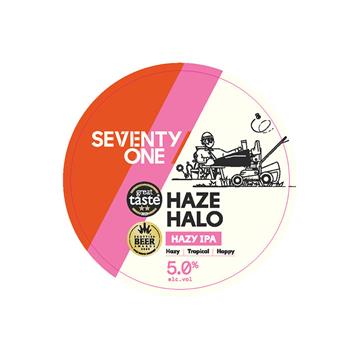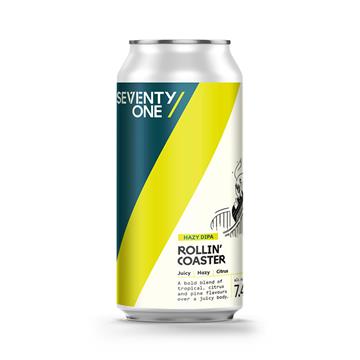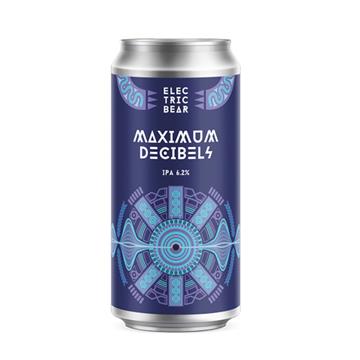You must be of legal drinking age to enter this site
Cask Ales, Kegs, Bottles & Cans
Ale in a Cask or Keg, Best Bitters to double dry-hopped DIPAs, all fall under this vast category of Ale.
What makes an ale? With the only discernable difference from Lager being super eukaryotic, single-celled microorganisms (yeast to you & us!), it's understandable why sometimes the lines become very blurred with terms & names for each style!
Ale yeasts do well in warm conditions, whilst lager does better in the cold. Both are fermented and then taken to a lower temperature to finish off, with Lager being taken colder and left for longer. As a result, lager is clean, bright & refreshing (usually served cold), and ale is more complex, chewy & darker (often served closer to room temperature). Stout will technically fall into the ale category, but we have separated our stouts from ales for easy navigation.
As an independent ale wholesaler, we offer over 200 beers across every possible style, which are now available to order online. You can be sure that we'll have something in our range that your customers will love.
Filter by...
Cask Ale
Ale is made from four ingredients, water, malted barley, hops and yeast. An ale contained within a cask goes through a second fermentation in your cellar. This means that the ale is unfiltered and undisturbed by the brewer. The benefit of this is that the ale constantly brews until it's served to your customers. Whilst the ale is in the cask, the yeast turns the sugars into alcohol, enhancing the ale's flavours. When the cask ale arrives in your cellar, it needs conditioning. We recommend a 24-hour settling period, where the sediment of the product will settle to the bottom of the cask. Cask Ales should be served at 10 - 13 degrees Celsius, which is handy for bar and pub owners as that's the typical cellar conditions. You may have heard the terms real ale or cask-conditioned beer, they’re just different names commonly used for cask ale. You can control the carbonation of your cask ale by using pegs and bungs. If the carbonation is too high, the ale can taste bitter. On the other hand, if the carbonation is too low, it may be completely flat. You don’t use gas for cask ales, so it doesn’t have the natural fizz lagers do, however, there should be light carbonation. We also recommend you serve the ale within 3 days as it’s an unpasteurised product that doesn’t keep for as long as other beers.
How to Pour Cask Ale
First and foremost, make sure you start off with a clean glass, there’s nothing worse for a customer than being handed their favourite ale in a grubby glass. If you want to go the extra mile, ask if the customer wants a sparkler on the nozzle when you pour the ale. The sparkler gives the ale a smooth, creamy head. In contrast, some customers prefer the nozzle without a sparkler to give the ale a foamy head. After that’s cleared up, hold the glass at the base, nobody wants their pint glass to be held at the same place they’ll be drinking from! Before pouring, hold the glass straight unless you're pouring from a short spout, then hold it at 45 degrees. Place the nozzle right down the glass, almost touching the bottom of it. Proceed to pull with a solid grip in a controlled manner, then you can push the handle back and repeat. We’d advise you to ease off when reaching the top, the ale is always better in the glass! Pull the pint downwards and away from the nozzle. You are now ready to serve your ale, making sure the glass logo is facing the customer. The pint of ale should be crystal clear and ready for the customer to enjoy.
No-no's when pouring Cask Ale
There are a few things you want to avoid altogether when serving your cask ale. The first is spilling the ale over the glass, avoid this by easing off the tap handle as the liquid reaches the top of the pint glass. Your ability to avoid this will come with practice and experience. Customers will also dislike the pour when the head is too big. They will see it as the pint not being complete, therefore being short-changed. The previous steps on how to pour the ale will help negate this disaster. The final no-no can be challenging not to do, especially on a Saturday night when the ales are flowing, and it’s busy. Try to avoid serving the ale in a warm glass. It will affect the temperature of your perfect pint and, for some, would ruin it completely. Temperature is a significant factor in serving good cask ale, you don’t want to fail on the basics.
Inn Express originated as an ale-focused wholesaler after finding that other wholesalers in the area didn't offer pubs enough choices. Since then, we have introduced more cask ales and improved our stock range for our customers to choose from. We offer 9-gallon casks of ale, as well as 4.5-gallon pin Casks of ale.


